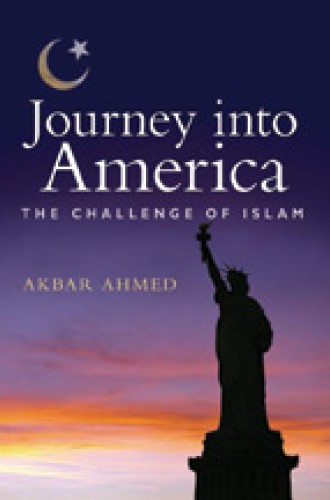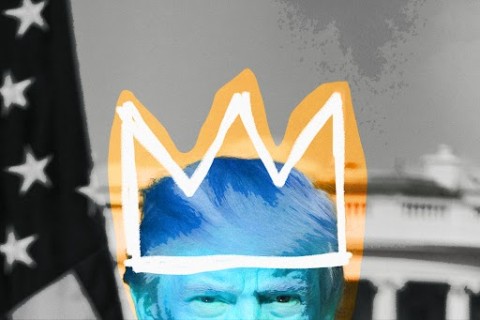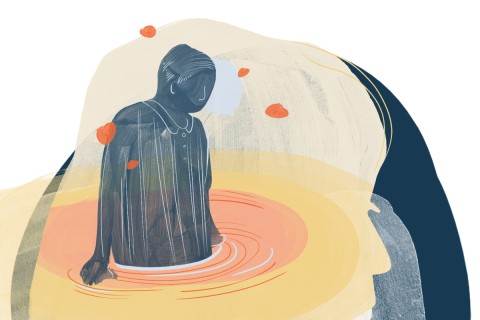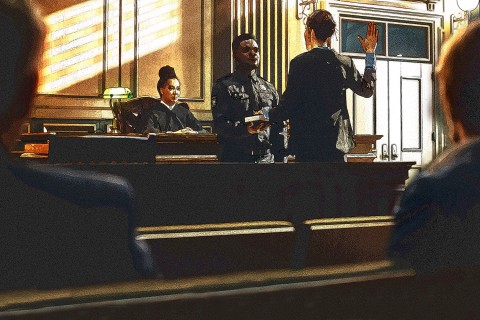Clash of cultures?
What happens when an anthropologist who happens to be a Pakistani, a former diplomat and a member of the Incident Management Team of the U.S. Department of Homeland Security shows up at 100 American mosques armed with questionnaires and a few white student research assistants?
For the most part, nothing very controversial. Congregants dutifully listened to Ambassador Akbar Ahmed, now a professor at American University in Washington and a fellow at the Brookings Institution, as he spoke about his pluralistic vision of Islam. They filled out his surveys and graciously invited him to dinner.
Read our latest issue or browse back issues.
But in one encounter—the incident with which Ahmed begins this book—a black man from Omaha, Nebraska, had the temerity to challenge the genteel professor's call for interfaith dialogue. This man, Ahmed says, was a radical Salafi Muslim, meaning that he is part of the global religious revival movement that seeks to recover the original Islam of the first three generations of Muslims in seventh-century Arabia. According to Ahmed, these Salafi Muslims are bent on converting the world to Islam and bringing it under the authority of shari'a, or Islamic law and ethics.
In the case of this particular Salafi in Nebraska, it turns out that he is also a victim of anti-Muslim discrimination. "Apparently," writes Ahmed, who never confirmed the validity of the claim, "the state had removed . . . grandchildren from their home at the behest of government lawyers arguing that they were a bad influence on the children because they were Muslims."
It's strange that Ahmed begins his 528-page exploration of Muslims and American identity with such an atypical incident. Ahmed is almost always received in U.S. mosques with what he calls proper Muslim etiquette. His lack of self-reflection about why his presence may have inspired the plucky man's outburst characterizes the tone of the entire book: it is charmingly naive. There is little attempt to understand how this man's utopian hope for the world's mass conversion to Islam is a reaction to personal circumstances, including the experience of living as a black man in Omaha. Instead, Ahmed presents him as an exemplar of an annoying if not dangerous trend in American Islam.
Ahmed compares his Journey into America to Tocqueville's Democracy in America, but it is perhaps closer to Gunnar Myrdal's 1944 An American Dilemma, a sociological study that shows how Americans' racist behaviors conflicted with their founding ideals of liberty and equality under law. Ahmed and his research team visited 75 cities over eight months to conduct interviews with both Muslims and non-Muslims about American ideals and identity, and particularly about the nation's founders and the symbolism of Plymouth Rock. Unlike Myrdal, however, Ahmed offers no systematic quantitative analysis of the 2,000-plus questionnaires his team gathered. That seems like a waste. Was there a serious flaw in the data gathering or the project design? Ahmed does not tell us.
The heart of the book describes in journalistic fashion the variety of political and religious views of immigrant and African-American Muslims. In these sections we meet a wide range of believers, including Somali and Bosnian refugees, followers of the Turkish evangelist Fethullah Gülen, and smaller groups such as the Shi'a Dawoodi Bohras. These sections' ethnographic descriptions are interesting, but Ahmad's statistical conclusions, including the claim that there are 7 million Muslim Americans and that 30 to 40 percent of them are "literalist" Muslims with Salafi tendencies, are completely unsupported by quantitative analysis.
More problematic, however, is the book's first 150 pages. Part one, the content of which could have been summarized in a couple of pages, is a tiresome summary of U.S. history based on Ahmed's reading of a few secondary and tertiary sources. If this section had explained the history of how Muslim Americans participated in the making of American history, it would have been useful and germane to Ahmed's project. But Muslims do not figure in this part at all. Many readers interested in learning about Muslims will put the book down before they get to more relevant pages.
In this first part, Ahmed proposes that American identity can be summarized as a competition among forces of pluralist universalism, which he sees as the legacy of the founding fathers; predatory aggression, which is best exemplified for Ahmed by Scots-Irish immigrants and President Andrew Jackson; and primordialism, which Ahmed defines as a mythological identification with the Plymouth colony's quest for a utopian Christian society.
But Ahmed never integrates this model of American identity into the discussions of Muslims that come later. Moreover, many of Ahmed's Muslim informants find the model to be misleading or incomplete. Representative Keith Ellison, one of two Muslims in Congress, gently challenges the author to explore how the Virginia colony was just as important to the formation of the United States as the Massachusetts Bay colony, a thesis made famous by Edmund Morgan's 1975 book, American Slavery, American Freedom. Unfortunately, this is not one of the books Ahmed consulted in order to understand the American past.
Perhaps Journey into America is most useful as a cautionary tale about how not to build relationships with Muslim communities in the post-9/11 era. Instead of dropping in on a mosque for a single visit to ask penetrating, personal questions, we might better gain knowledge of our Muslim neighbors by establishing longer-lasting relationships of mutual interest and trust. This kind of careful community building, which Ahmed praises in the book, has led to constructive service projects and interreligious understanding throughout the U.S. since 9/11.
For those hoping to explore more complex portraits of contemporary Muslim-American communities, there is a fine body of peer-reviewed anthropological literature that includes books such as Carolyn Moxley Rouse's Engaged Surrender and JoAnn D'Alisera's An Imagined Geography. Ahmed's study would have been strengthened if he had consulted such works. Unfortunately, he lists just 18 of the 100-plus books that have been published on Muslim Americans in the past three decades, then concludes that there is a "surprising dearth of reliable and good books on American Muslims."
Ahmed's lack of engagement with literature on Muslim-American history leads him to ignore how earlier interactions between Muslims and non-Muslims shaped the current debates over Islam and Muslims in America. He sets up a dichotomy between "America" and "Islam." By framing the tensions between Muslim and non-Muslim Americans in this way, he unintentionally confirms the assumption that Islam and America are on a collision course. That may be an effective model for understanding conflicts of interest between Muslim-majority nations and the U.S. government—as many of his former diplomatic colleagues attest in their endorsements of the book—but it will not lead to a more constructive understanding of Muslims' role in the American republic.






